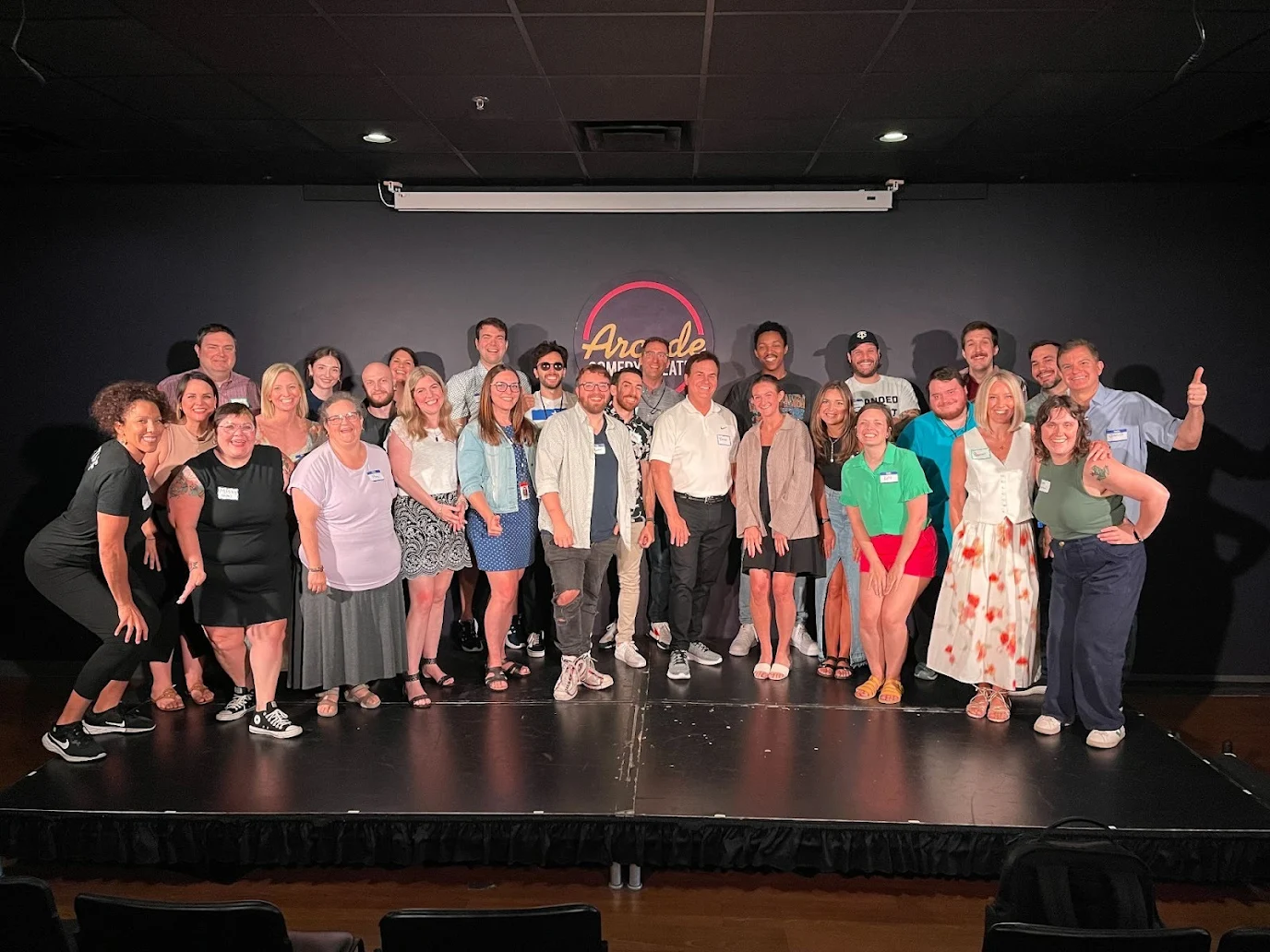Part 2 Introduction: Marketers are quick to accept storytelling as an effective tool in connecting with consumers, but do we know why this technique is so impactful?
A primary reason that storytelling is heavily relied upon in advertising is because the emotional and social aspects of a compelling narrative can be so effective in prompting consumers to take action.
In part two of The Social Brain Series, you’ll learn about the body’s biological responses to stories, and how those lead to audience impact and motivation. Read part two below to learn more, and stay tuned for the series’ third installment this week.
THE SOCIAL BRAIN PART 2:
STORYTELLING ENGAGES THE SOCIAL BRAIN IN PROFOUND WAYS
Stories Are Inherently Social
Stories are central to what it means to be human. We use stories to describe ourselves and others. Stories have actors—actors who interact with the world in diverse and complex ways. Stories are inherently social. It’s no surprise then, that research has found that the use of immersive narrative and storytelling enhances the retention of messaging of all kinds, improving its influence and increasing subsequent behavioral impact.
As fundamentally social creatures, our brains are attuned to interpersonal interactions and hard-wired to detect relevant social stimuli. In advertisements, for example, the sound of a human voice is processed in the brain with heightened activation and more specificity than other varieties of sound[1]. When we hear voices among other noises, we’re inclined to focus on the human aspect. Evolutionarily, this makes sense. With regard to storytelling in particular, one can imagine some straightforward advantages from this predisposition to “listen in.” Not only can stories provide useful information for survival—including models of social behavior and models for making sense of the world—they can also act to strengthen important social bonds amongst peers[2].
We Simulate Others as Ourselves
Beyond our innate propensity to detect social stimuli, the neural mechanisms underlying how we process narrative storytelling are truly the means by which a story can have such an engaging impact. One of the strongest contemporary theories of social cognition, called “embodied simulation,” argues that we comprehend language by creating internal simulations of the experiences which it describes. We do this using the same neurological equipment associated with sensing, processing or producing those experiences for ourselves. In a sense, we’re modeling the actions of others using integral aspects of our neurological selves. That is perhaps why we say that we “lose ourselves” to the characters in a good film.
Neuroimaging studies have shown that when people are reading or listening to language about motor actions—or visualizing them—increased brain activity is observed in areas involved in producing physical activity[3]. This activation isn’t as strong as that observed while actually engaging in motor action, but it is nonetheless above the resting norm. Similar findings have been made with regard to emotions. Brain regions associated with the production of our own emotions activate during descriptions and perceptions of the emotions of others[4]. Reading fiction has been found to be associated with increased social intelligence and an improved ability to “read people,” presumably through “simulatory” activations induced in areas related to social functioning[5]. Many other converging lines of evidence contribute to the embodied simulation hypothesis in explaining social cognition.
Stories Engage the Whole Brain
Beyond the effects of simulating the experiences and emotions of others, narrative storytelling also evokes widespread activations across the whole brain. This is the primary reason why storytelling has such a powerful impact. It utilizes more cognitive resources, and as a result makes a stronger impression both neurologically and psychologically. Among the many areas involved include the frontal, temporal and cingulate brain areas (which play a role in the ordering of the relevant information[6]), the amygdalo-hippocampal system (which modulates the encoding and retrieval of episodic and autobiographical information, as well as emotional response), and the left pre-Sylvian area (which is heavily involved in language production). Physically, this system extends throughout the brain, and connects with motor, sensory and perceptual areas presumably involved with simulation.
Storytelling Produces Impact
If advertisers can make use of the kinds of deep processing that occur during immersive storytelling, information and messages can be better retained and more completely processed. The socially-evocative aspects of storytelling, including emotional connections with characters, impress significant influence on audiences. They can induce changes in blood levels of oxytocin and other neuropeptides and neurotransmitters, which have been correlated with positive behavioral outcomes after watching public service announcements[7]. Perhaps at some level, stories are also impactful because we are sensing part of ourselves in the actions of the characters. In short: neuroscience backs up the use of storytelling as a powerful tool in transmitting meaningful, memorable and impactful advertising.
Key Take-aways:
- Stories are central to human communication and even how we define ourselves as individuals
- Our brain is attuned to and heavily engaged by stories and immersive narratives due to a number of factors: stories engage the brain across an expansive network of regions and may also trigger processes in which we model the actions of others using aspects of ourselves (“embodied cognition”)
- Conveying advertising messages with stories or narratives may lead to more efficient neurological processing and improved impact as a result
Actionable Tips:
- Using the human voice in advertising engages the brain in ways non-human sounds do not, activating broader social processing systems for added impact
- Especially poignant emotional stories, such as those seen in some public service announcements (PSAs), can influence blood levels of neurotransmitters in a relatively short time. These physiological changes have been correlated with positive behavioral outcomes after audiences watched charity- and public-health-related announcements.
To learn how Gatesman’s approach to Hacking Human Behavior® can be applied to your business, please contact Demar Anderson, VP, Director of Marketing at danderson@gatesmanagency.com.
[1] http://www.sciencedirect.com/science/article/pii/S0957417412006008
[2] https://link.springer.com/article/10.1007/s11948-012-9378-3
[3] http://www.cogsci.ucsd.edu/~bkbergen/papers/ESM.pdf
[4] http://www.cogsci.ucsd.edu/~coulson/Courses/200/Havas-Glenberg-Rinck_2007.pdf
[5] https://academic.oup.com/scan/article/11/2/215/2375122/Reading-fiction-and-reading-minds-the-role-of
[6] http://www.sciencedirect.com/science/article/pii/S0028393204000478
[7] http://www.dana.org/Cerebrum/2015/Why_Inspiring_Stories_Make_Us_React__The_Neuroscience_of_Narrative




